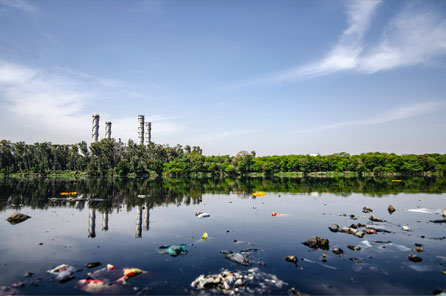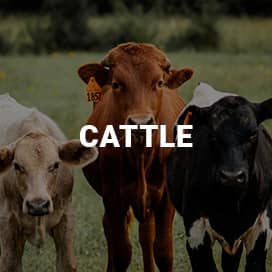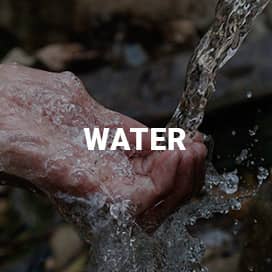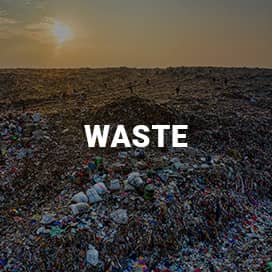This website uses cookies to ensure you get the best experience on our website. Learn more

You get 20% off on your first purchase
Sign up for our newsletter, stay in the loop with exclusive deals, updates, and more!
Get 20% off

You get 20% off on your first purchase
Sign up for our newsletter, stay in the loop with exclusive deals, updates, and more!
Get 20% off


Measuring the extent of our impacts is a necessary step to create inspection and control policies to combat its growth.
But why would a Vegan Footwear brand talk about this?
We believe that brands, or any business, responsible for the manufacturing of consumable goods, must take responsibility for the environmental impacts caused by their products and its production processes.
Manufacturing processes made prioritizing sustainability are essential to minimize our collective environmental impact.



On average, enough material can be extracted from cattle to produce approximately

10 pairs of shoes
In 2018 deforestation for the purpose of making new pastures to raise livestock wiped out 1.1 million hectares in the Amazon and the Brazilian Cerrado (Savanna).

1.1 million
hectares in a year
Using reference numbers from Brazilian agriculture sources, we know that the average feedstock production for pasture areas is about 15 tons per hectare, and consumption per animal is about 4% of its weight per day.
In other words, in one year, a 400 kg (882 pounds) animal consumes about 5.8 tons of feedstock.
From these numbers, it is possible to establish that 1 hectare of grassland is needed for every 2.5 animals.
Research has shown that, to produce 1 pair of leather shoes, it takes
17.100l of water
Considering that a shower consumes about 60 liters (15 US gal) of water, this amount would be enough for 285 showers
Vegan footwear made with synthetic materials shoes consume around
14 times
less
water than leather shoes


According to 2018 data, Brazil is the 4th largest waste producer in the world. Generating about
79 million
tons
of waste per year
Off this total, about 40% were incorrectly discarded.
Considering just the industrial sectors, about 183 thousand tons of residues are discarded daily. This is equivalent to the weight of
 45.000Elephants
45.000Elephants Recycling is a growing solution, being ideal for a large portion of the solid waste generated by industries. To simplify and cover these processes, we have in Brazil the Integrated Waste Exchange System, managed by CNI (National Confederation of Industry)
This system currently brings together

that make available or demonstrate an interest in the waste that’s normally discarded.
Have you ever thought how it would be if every company was responsible for the waste generated during its manufacturing process and also for the post-life of its products?
Considering our current annual production, with your contribution, we have helped to make it unnecessary to kill nearly

2.000
animals
In 2021, when we celebrated our 8th brand anniversary, the number of animals possibly saved reached almost
11.000
animals
By using the above numbers on how many animals you have already helped us save over 8 years of Ahimsa, together we have possibly prevented another 4.400 hectares from being devastated to make space for feedstock growth areas.
This is the equivalent to the area occupied by about
4.000 football fields
Based on that, and considering our current annual production, if we used animal leather, the total water needed for our production would be
342 millions
liters of water
So, in 8 years of our existence, this number would be
1.5 billion
liters of Water
saved with our production that does not uses animal by products

Here at Ahimsa, we are partners with a specialized company in collecting and properly disposing of all our waste. Whether it is solid or liquid, contaminants or non-contaminants, all of it is correctly disposed to minimize any environmental harm.
Since 2010, Brazilian Law 12.305/2010, established a legal framework for the implementation of the shared responsibility principles for the life cycle of a product.
This law however, is still not applicable to all industries, being mainly applied to the responsibilities of collection (logistics) and proper disposal of contaminated packaging.

It is essential to question how each one of us can, somehow, help to preserve and protect the environment. After all, preserving Nature is self-preservation.